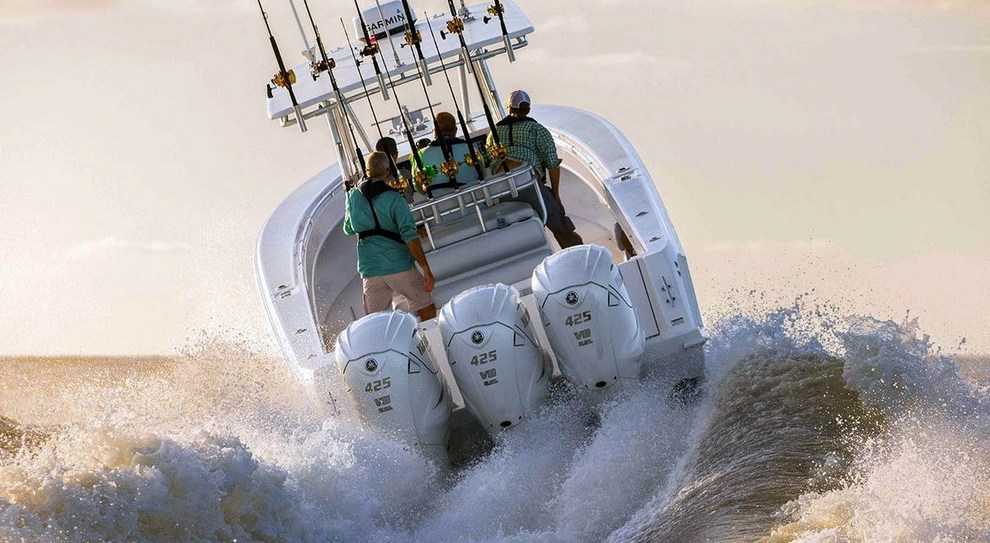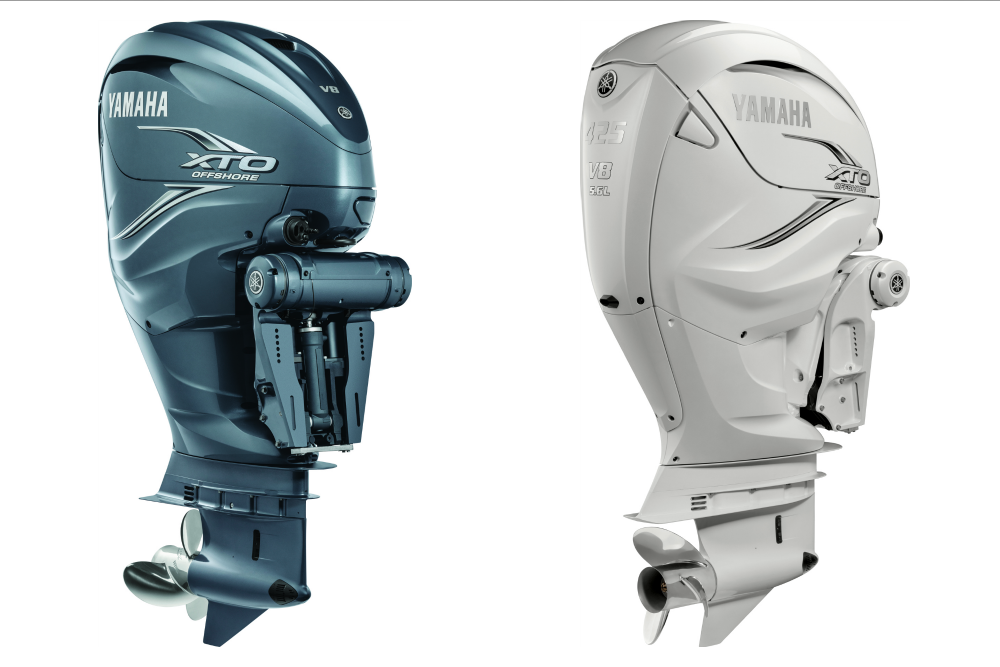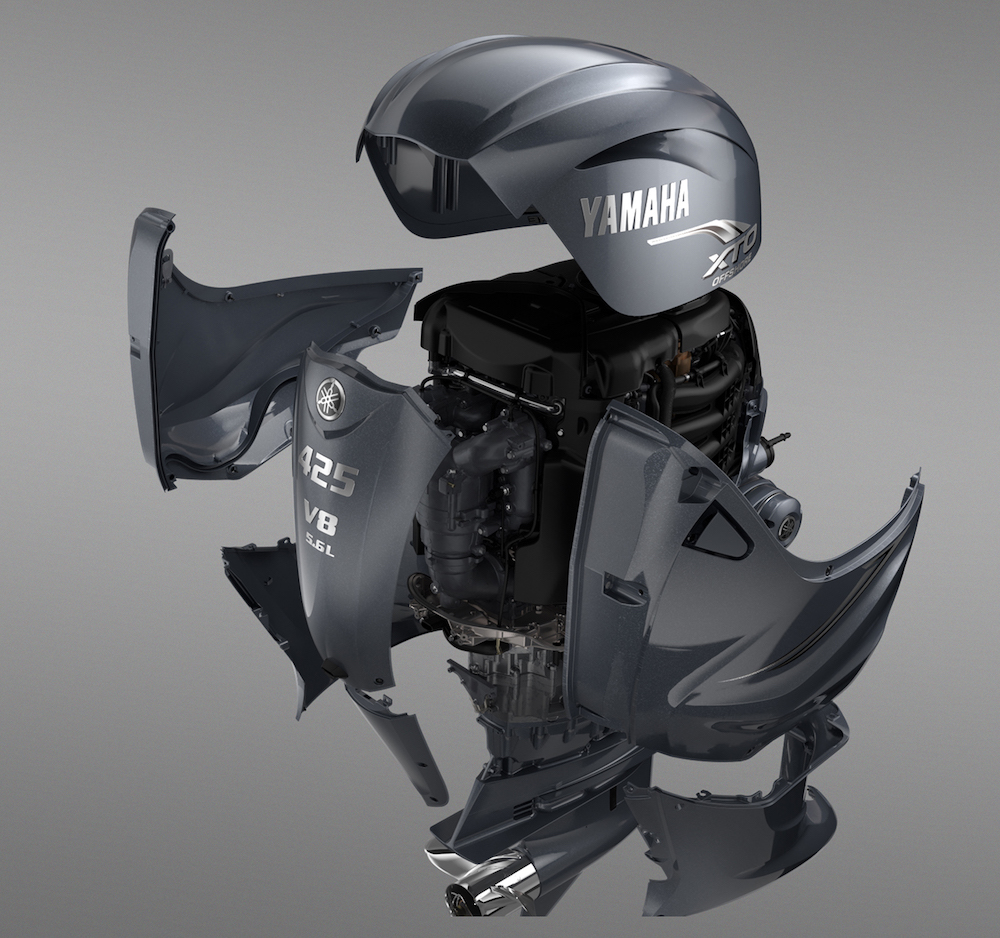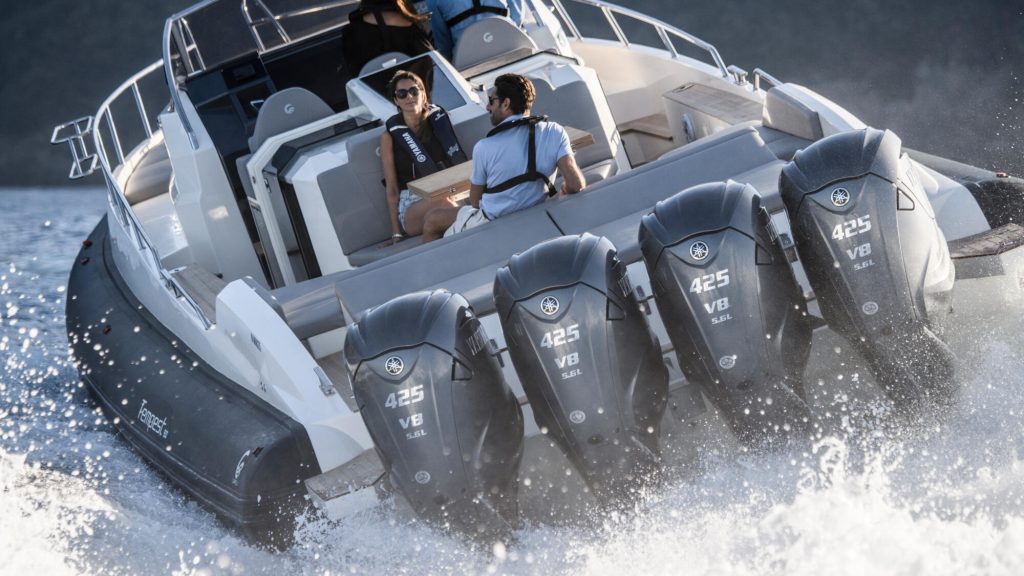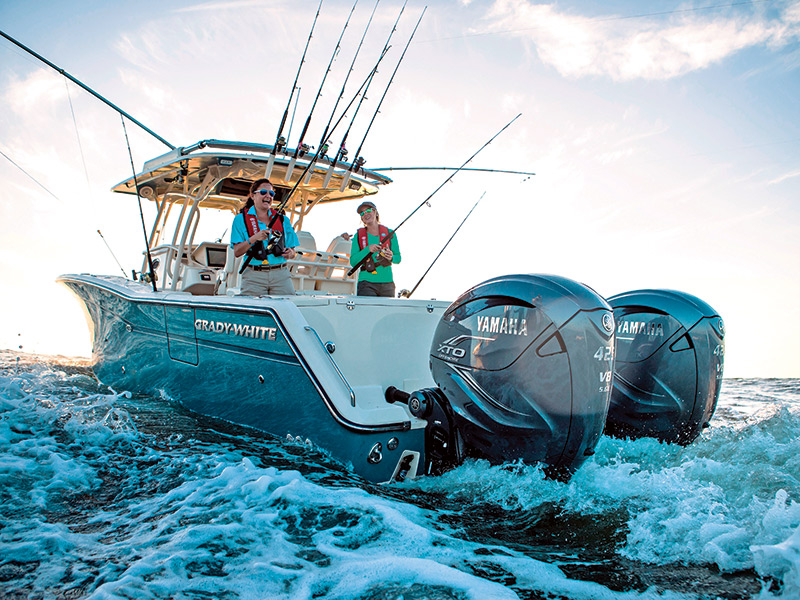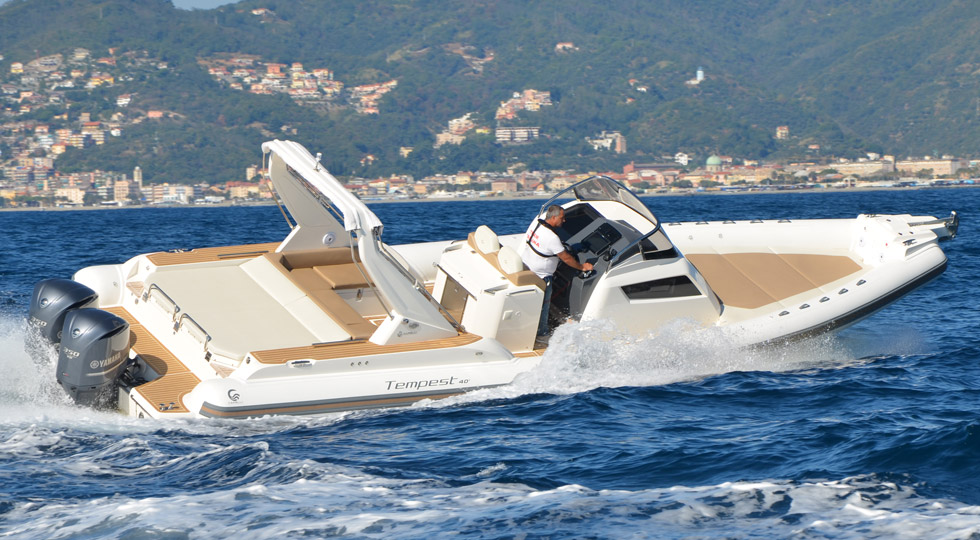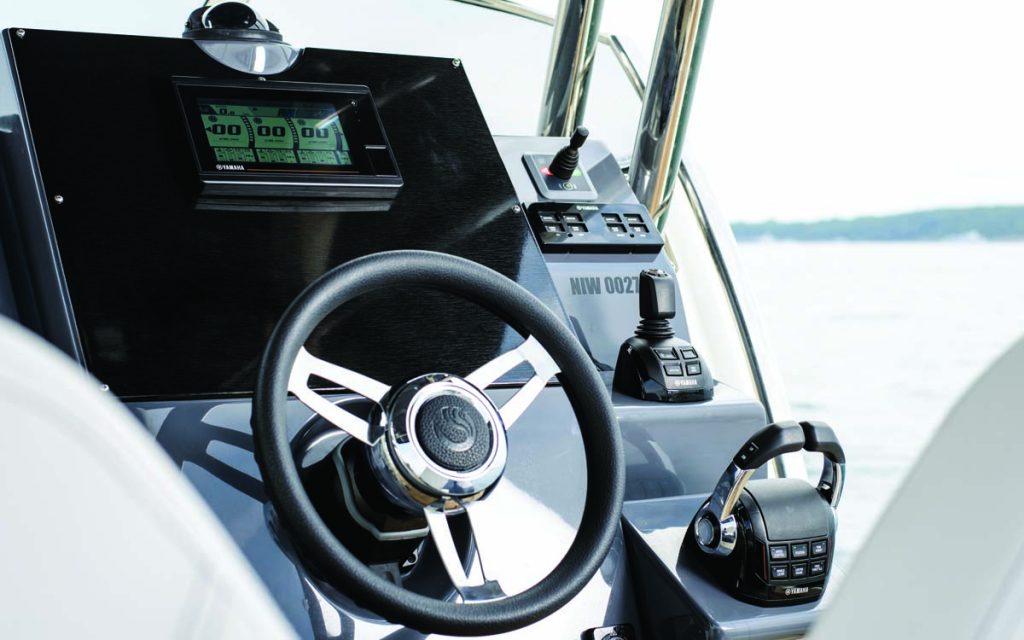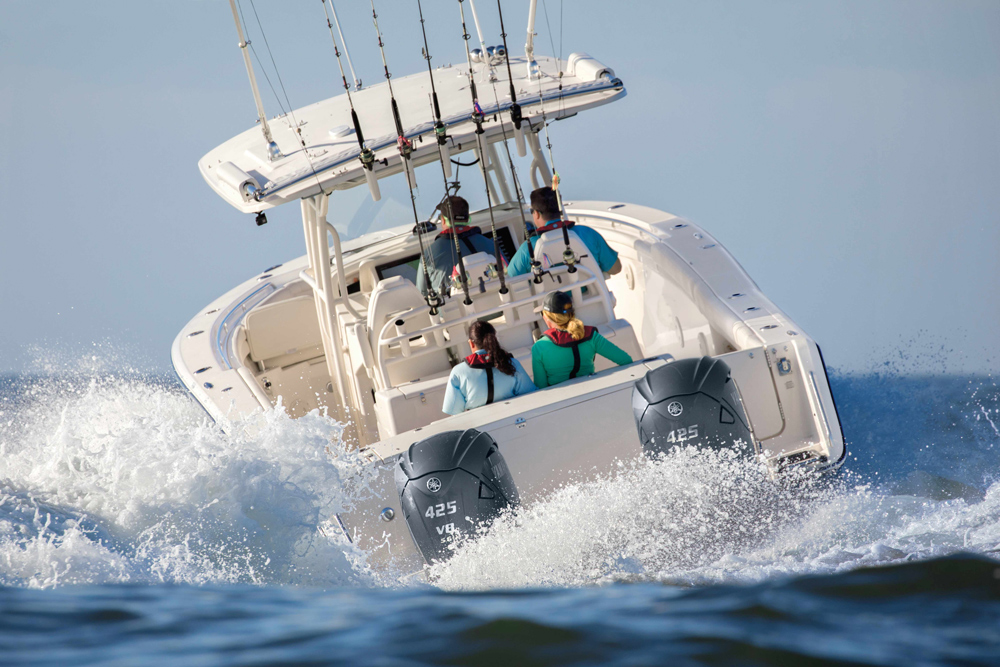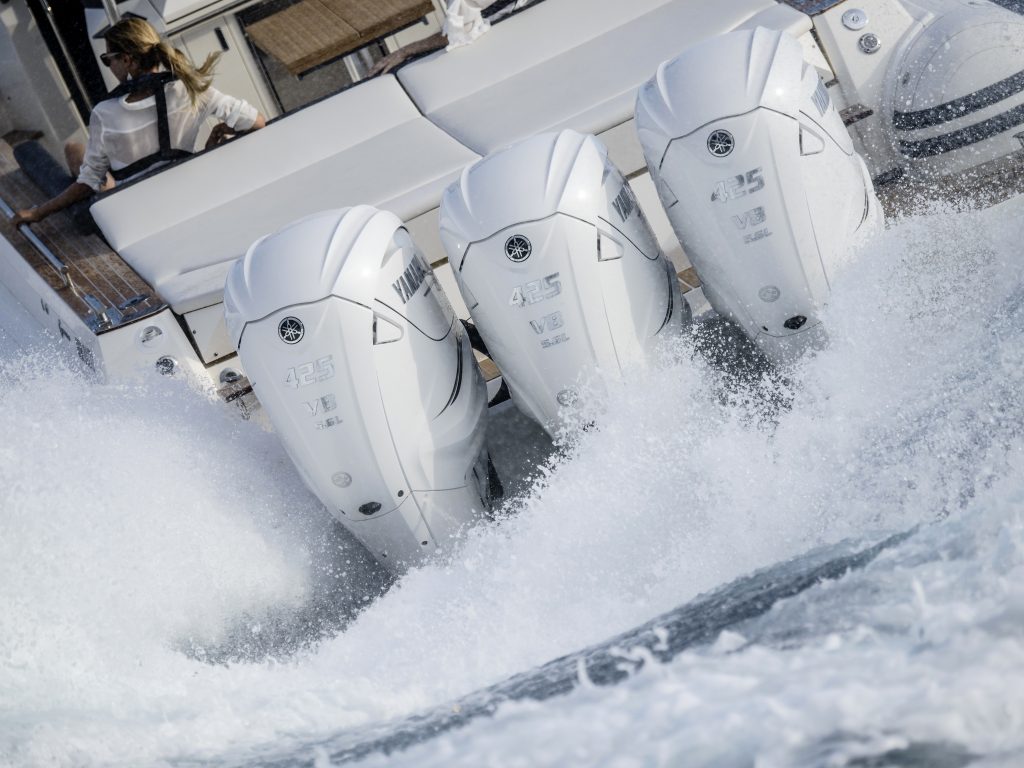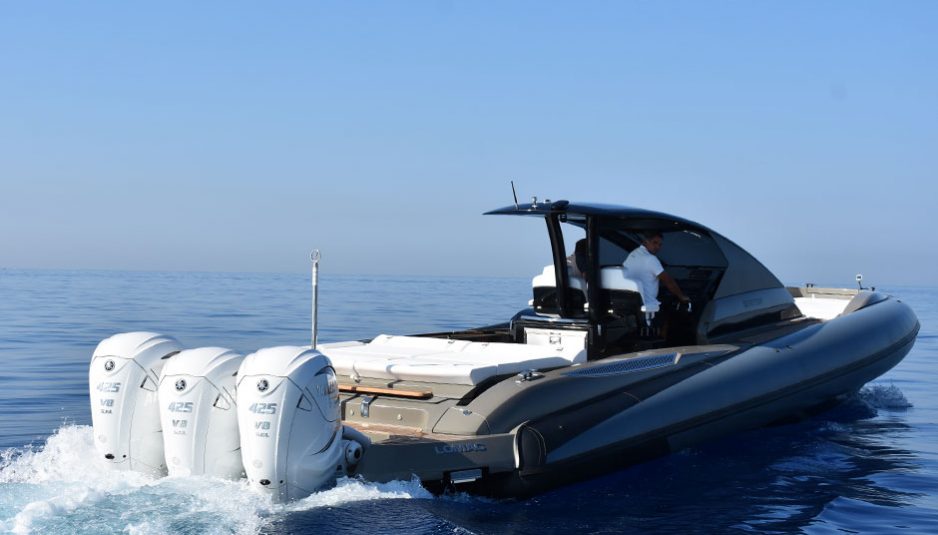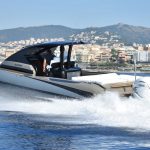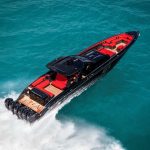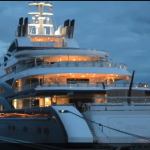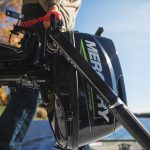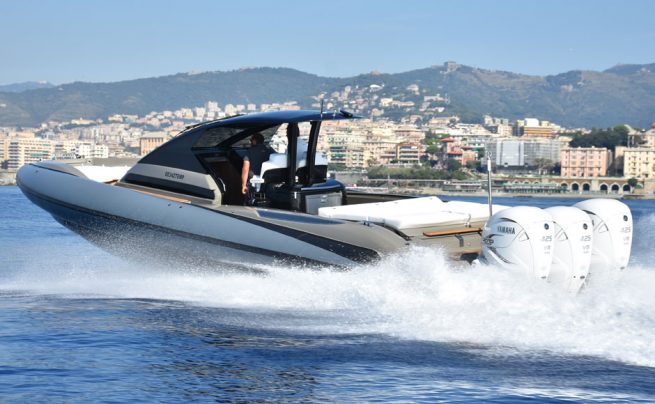
Yamaha V8 425 XTO Offshore direct injection outboard.
In recent years the demand for boats using outboard engines has grown enormously. In the past the use of these engines was limited to pushing boats with a maximum length of around 10 meters, now these boats can easily reach 15 meters. Also because with the development of technology the outboards are always more powerful with lower consumption and the attention is maximum to make them always lighter. The choice of the type of diesel or petrol outboard may depend on the type of boat you want to power and the number of miles you want to sail.

